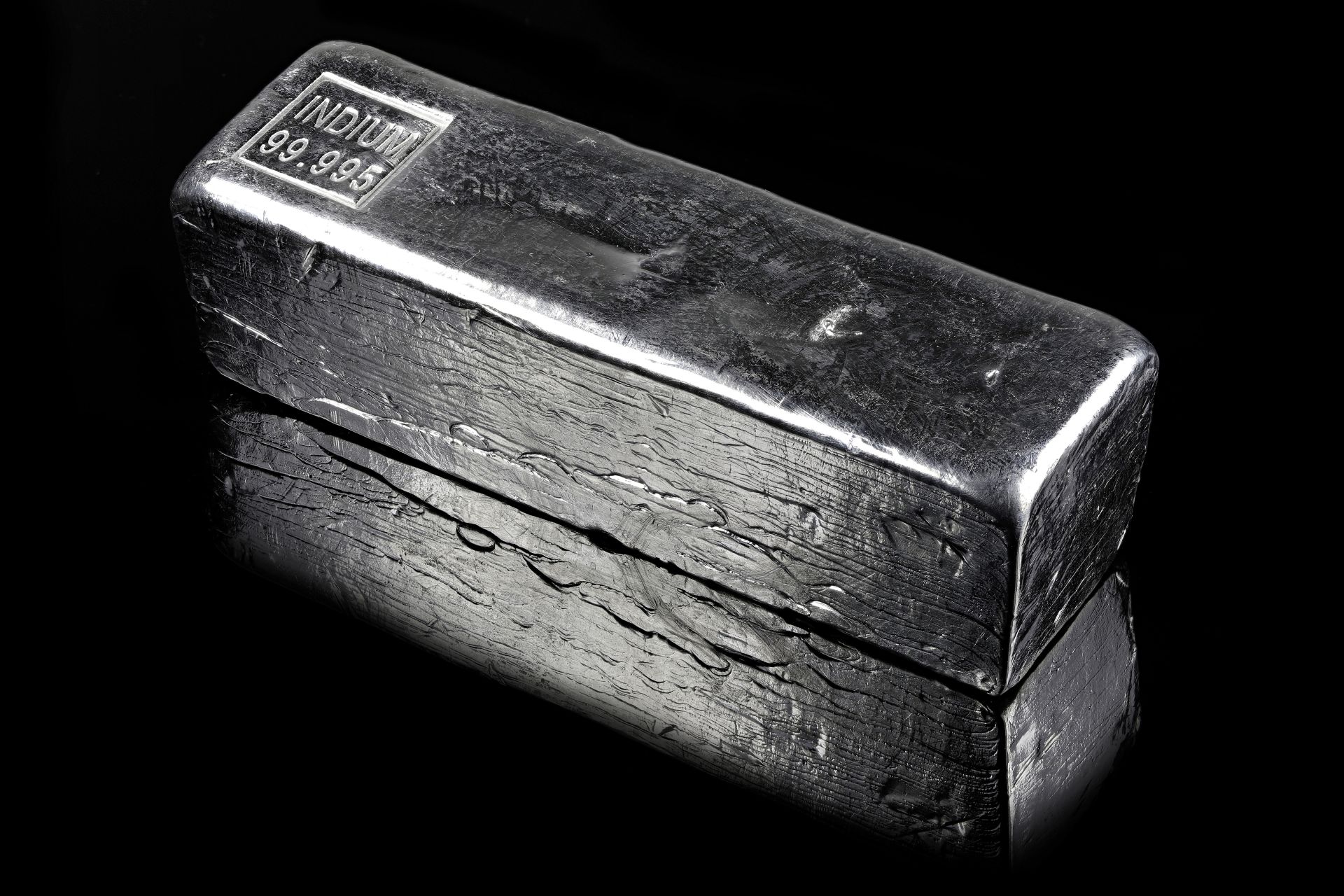Indium has been used in several applications since the 1930s, many of which capitalize on either its malleability or low melting point. Primarily found as a byproduct of zinc, copper, and iron ore processing, indium is rarely found on its own due to it being the softest non-alkali metal and easily combining with others around it. Its low melting point, 313.9°F or 156.6°C, and high purity once extracted quickly led to the foundation of the Indium Corporation to use the metal for both mechanical coatings and as a part of low-melting alloys.
Low-melting or fusible alloys infused with indium are utilized across various industries to create bonds through solder, act as a safety switch to prevent high-temperature malfunctions, and in anchors or mounts that hold components undergoing machining.
Low Temperature Solder Alloys
When referring to low temp solder alloys, the applicable range of melting points is from 117°F (47°C) to 320°F (160°C), which will exclude most lead-based solders. The most commonly used base for solder is tin, which is combined with other metals such as:
- Bismuth
- Cadmium
- Indium
Due to its ductile nature, indium is often paired with tin to combine the former’s versatility with the latter’s lower thermal requirements. This creates an alloy that possesses high structural capabilities without the need for high amounts of excess heat to achieve a flow state from the solder. Low temperature indium solder alloys are used extensively in the electronics manufacturing industry due to the heat sensitive nature of many of the components that require solid joints.
A more recent application for indium is for fluxless soldering on quartz and glass that can be damaged by brazing, a high-temperature means of bonding with metal alloys. In this application, indium’s strongest qualities come through to bridge the gap between fragile components and often rigid machinery. Indium’s wetting traits make it easier to adapt to the size and shape of the quartz/glass piece, while the low energy requirements protect the sensitive materials.
Other Common Uses of Indium-containing Low Melting Alloys
Outside of the realm of manufacturing, indium is still used both pure and in low melting alloys in safety applications. One of the earliest safety devices to use fusible alloys were known simply as fusible plugs and provided a reliable form of thermal management in high-pressure or high-temperature environments such as boiler rooms. The amount of indium used in the alloy for a fusible plug will depend on the temperature it needs to melt at to release stored pressure and heat.
Indium also cold welds to itself when in a pure state, which makes it ideal for use in cryogenic applications, primarily to form seals as the metal will remain malleable well below -238°F (-150°C). The high heat conductivity properties of indium make it a useful thermal interface material (TIM) for conducting heat between semiconductor materials and heat sinks. Indium’s unique thermal properties continue to find new uses in highly sensitive fields.
Belmont: From Pure Indium to Prepared Alloys
With over a century of experience working with companies and organizations to supply their projects with metal and alloys, Belmont understands what goes into providing a consistent product with world-class customer service. Contact us for more information about indium-containing low melting alloys and which would be best for your needs.

